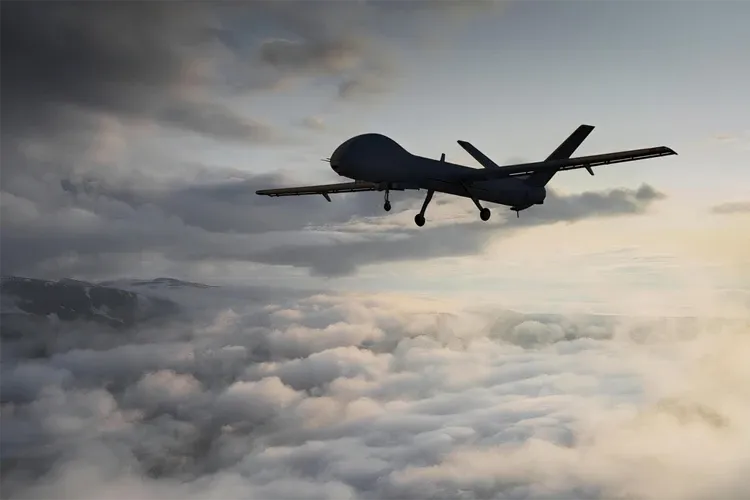Autonomous defense technology company DZYNE announced to the media that they successfully tested an intelligence drone that flew for at least three days straight.
The newly developed Unmanned Long-Endurance Tactical Reconnaissance Aircraft, also known as ULTRA, was designed to acquire intelligence from distant targets while remaining in the air for prolonged periods of time. ULTRA flew more than twice as long as most other drones, presenting new opportunities for American intelligence operators to collect information.
DZYNE coordinated with the Air Force Research Laboratory to develop the unmanned vehicle, which can carry more than 400 pounds of payload, especially intelligence sensors that measure radio frequencies and infrared. ULTRA can overcome “the tyranny of distance” that prevents the use of drones at “excessive ranges required in areas of operations such as the Pacific.” The drone is currently launched from the Middle East and can linger over Africa, Asia, and Europe.
The drone platform is based on a repurposed commercial sport glider in order to save costs. The vehicle is indeed “an economical option when multiple aircraft systems need to be purchased to cover larger areas of interest,” according to the Air Force Research Laboratory.
Defense officials have increasingly prioritized developing drones in recent years, as well as weapons systems capable of guarding expensive assets from drone attacks.
The successful marathon flight comes two months after the Manta Ray, a new uncrewed underwater vehicle built by Northrop Grumman, also successfully completed testing. The vessel increases range with undersea energy harvesting techniques and more efficient gliding motions.




